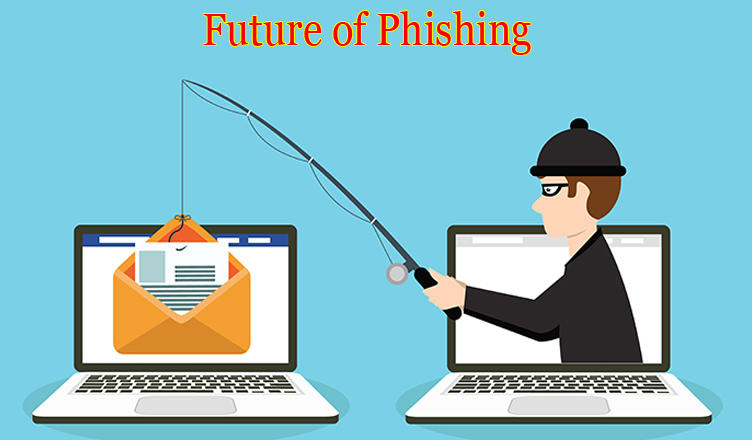Techssocial | Phishing is a type of spam that has evolved from a minor annoyance into a more deadly form. A form that can be very dangerous for internet users everywhere. Phishing typically involves an email that looks like it’s from an official and credible source, like your bank or the government. This email will try to convince you that something is amiss and ask you to click on a link and enter your credentials to log in. The link usually takes you to a page that looks almost exactly like the official page of an actual institution, but really is a forgery. Phishing is one of the most common forms of cyberattacks and it pays to know how to guard against it.
Table of Contents
Phishing: How it Started and Where It’s Headed
Phishing attacks usually have the singular objective of obtaining sensitive information from internet users through a forged digital page. When you enter your information on the fake page, all of it is compromised. Having been a near-victim of one phishing attack, I nearly lost my bank account details, my credit card information, and even my address and social security number to cybercriminals. Luckily, my Optimum business subscription comes with a security suite that offers protection against a large variety of cyberattacks.
However, not everyone is as lucky or as vigilant. Which is why this blog will try to educate you about the following areas:
- Phishing History and Myths
- Spear Phishing
- Protecting Yourself
- The Future of Phishing
Let’s discuss these areas in more detail below.
Phishing History and Myths
Until recently, a lot of focus used to be on detecting a phishing scam from the outset. In those days, it used to be much easier to detect a phishing attempt by simply being vigilant and cautious. But over the years, phishing scams have evolved to become much more sophisticated than they used to be. This has made detecting phishing scam a lot harder with conventional approaches that identify things like:
- Spelling errors and mistakes that don’t look official.
- The browser’s status line takes you to a different website.
- The website’s URL seems shady.
- No SSL security certificate on the URL.
In the past, all of these were very accurate and helpful in identifying phishing scams. But the three approaches to phishing detection above are just myths now. As time has progressed, phishing emails no longer contain suspicious-looking spelling mistakes. The phishing email may also contain sophisticated code that can display any URL the coder desires, so you can’t rely on the browser’s status line. Furthermore, forged URLs now look very similar to real ones, making it very difficult to identify what URL is correct or not. And an SSL certificate from Google costs around $50, so scammers have no trouble getting one.
Spear Phishing
Phishing used to be a spam job that sent out the same email to hundreds or thousands of email addresses, hoping to play by the numbers. The more people that see the email means there will be more people that click on the link and more who compromise information. This type of phishing scam is one of the most well-known and understood cyberattacks on the internet. However, over the years, a new type of more targeted and specific phishing scam has appeared on the digital scene, known as Spear Phishing.
Spear Phishing targets a small group of email addresses within one company or even just a single person. The idea is to obtain credentials that allow the scammers to access the company’s network and steal sensitive information like intellectual property, business secrets, and competitive advantages.
Protecting Yourself
While it may not always be possible to remain vigilant 24/7, the following tips can help you guard yourself against possible phishing scams:
- Don’t click on links in emails that require you to log into sensitive accounts.
- Open sensitive accounts by typing the website you know URL directly into your browser.
- Never enter sensitive information on a webpage that opened from a link.
- Don’t enter your account credentials on a linked page, even if you “trust” the source.
The Future of Phishing
Phishing scams continue to evolve as time progresses. However, this also makes it hard to predict what shape and form this type of scam will take in the foreseeable future. Certain disturbing trends allow us to make a few educated guesses. One of the biggest shifts in phishing scams is towards setting up forged or dubious e-commerce websites. These websites may advertise attractive products or prices, enticing users to click on them and make “purchases”.
However, once you enter your bank or credit card information, the scammers gain access to your accounts. This will allow them to either steal all the money from your bank account or card at once or slowly over a period of time so that you don’t notice. Imagine the horror of trying to pay for your Optimum internet only plans only to find out someone has emptied your account. I think that is an inconvenience everyone can do without. Stay safe, stay vigilant, and stay smart.
Sagar is HR at techssocial.net. He has been writing last 3 years on different blogging sites. He has also helped small businesses to gain their ranking.
